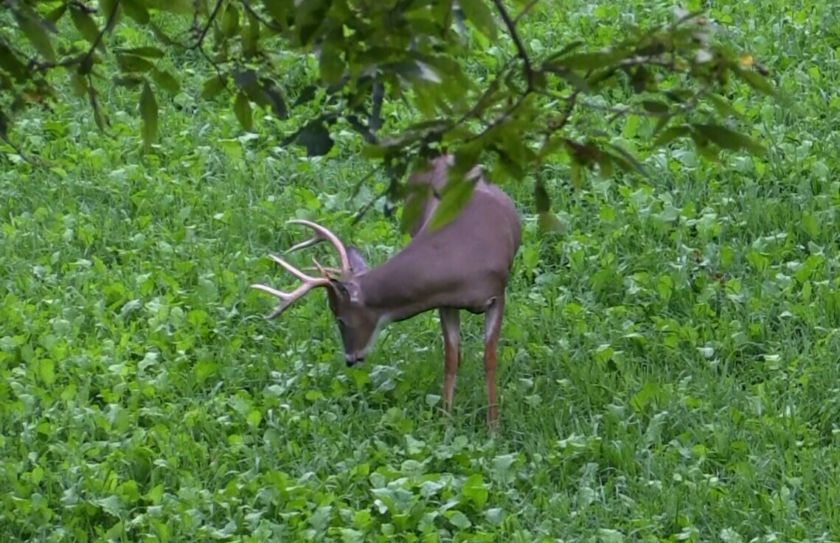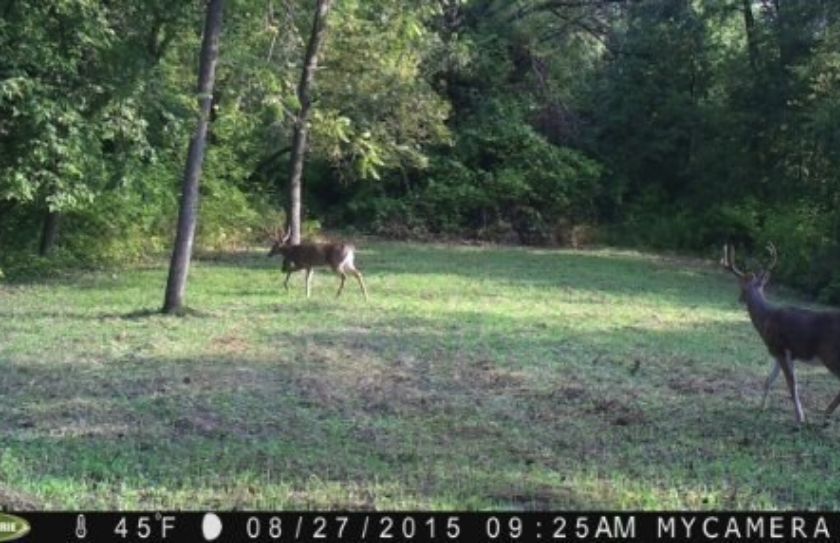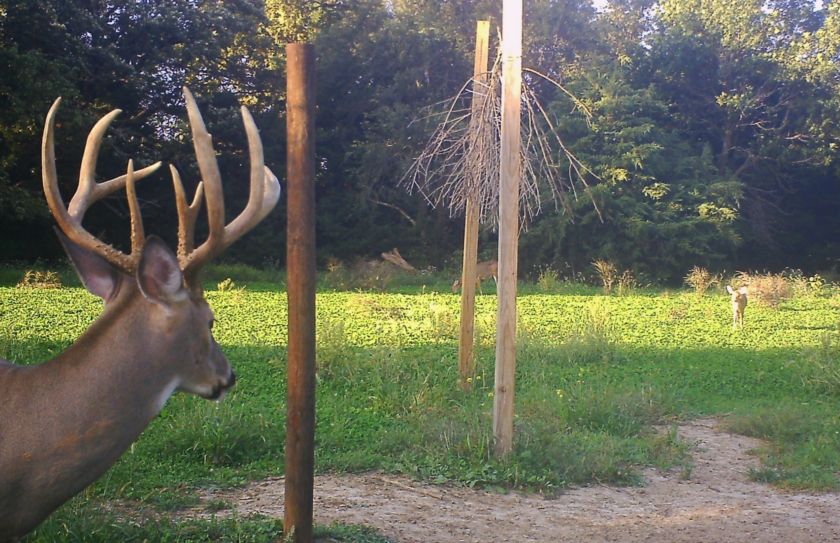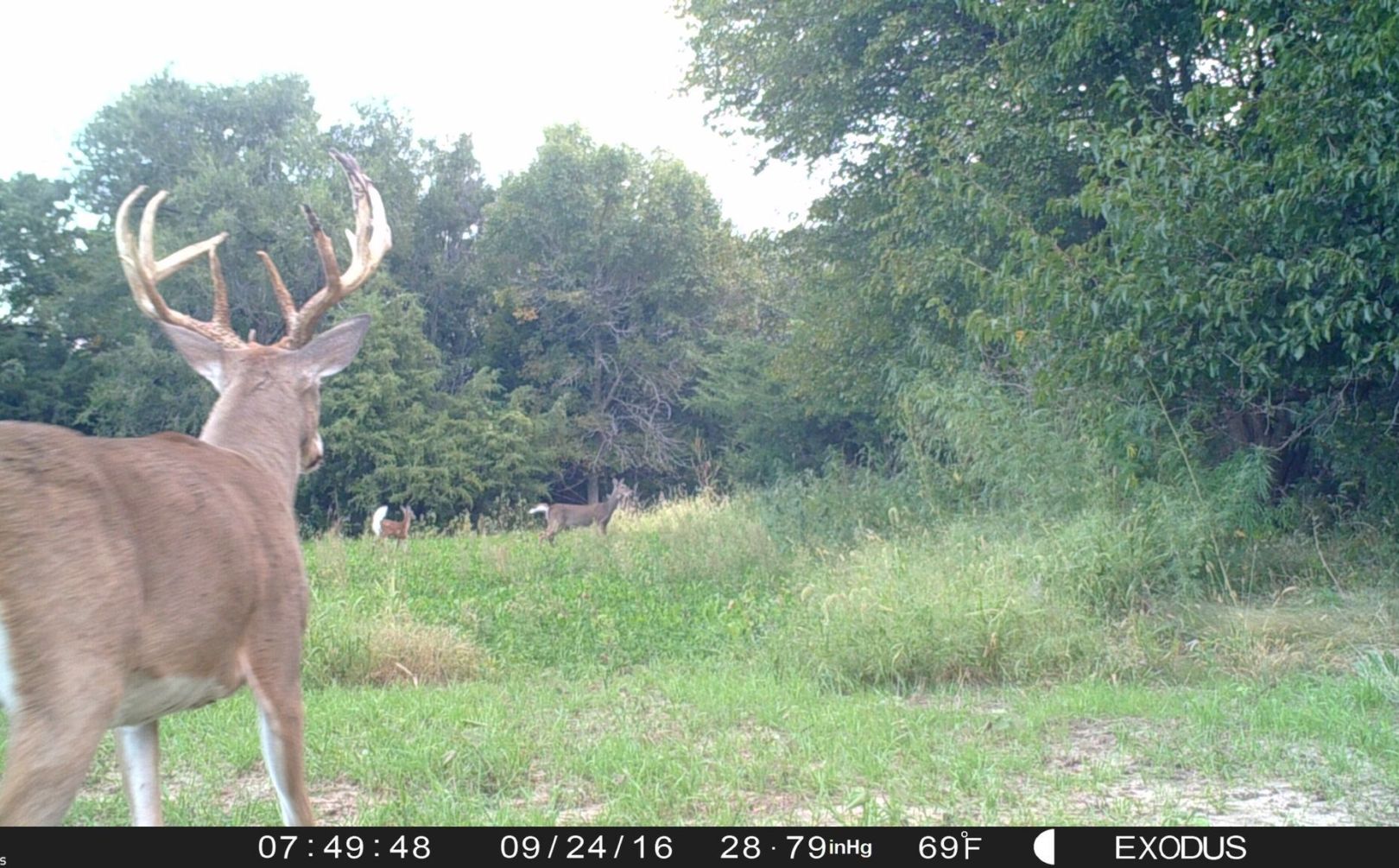
Are you looking for a great food plot rotation that can not only offer a high quality food source for Fall, Winter, Spring and Summer, but to work as an outstanding soil builder as well? Then check out my latest, favorite way to plant your Fall food plots for both hunting and soil success.
Split Plots For Fall Food Plot Rotation Success
I highly recommend that you split each and every food plot that you expect to offer attraction for the hunting season, into two completely different plantings. Each food plot should carry forages for the entire season, in the exact same manner so that the doe family groups and the buck movements that relate to each plot, maintain their consistency the entire season. If you plant different forages on different plots, the doe family group movements and the bucks that relate to those movements, will constantly be forced to move throughout your land while chasing the latest forage that is peaking at the moment. This creates holes in portions of your habitat for the potential of attracting and holding deer, forces you to play "catch up" the entire season to follow the changing deer movements, and actually encourages mature bucks to leave your land in favor of lands that feature more structured and low-stress herd movements.
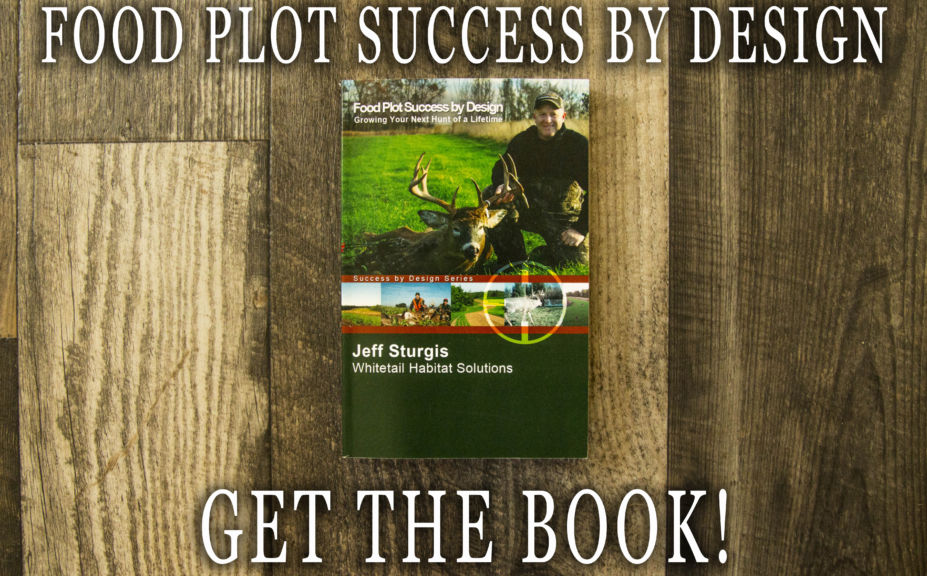
*Make sure to check out my whitetail book series including, "Whitetail Success By Design" and "Food Plot Success By Design", to help you find mature bucks this hunting season!
With the exception of major food sources that offer the additional "large space" food sources of beans or corn that should be in addition to your Fall food plot rotation and not a replacement, each and every food plot should always carry the same level of Fall food plot diversity. At times I encourage clients to plant Summer plots in high human traffic areas for landowners needing to build and maintain a Summer herd in locations that would create access issues for the months of Fall, but again all of the Fall plots should still feature the same Fall rotation.
Each 1/2 of your plot can be planted for the purpose of your intended Fall food plot rotation, and then rotated the following year so that whatever was planted on the left 1/2 is now planted on the right 1/2, and the right 1/2 then on the left 1/2. This kind of rotation strategy accomplishes the need for peaking forages throughout the entire hunting season, but also creates a logical food plot rotation for the future as well.
**In 2016 we planted this food plot mixture with great results!
Each 1/2 Of Your Fall Food Plot Rotation
Again, each 1/2 should be rotated each year, for various reasons.
1st 1/2 of Food Plot Rotation Per Acre:
1. 50#s of Oats
2. 100#s of Forage or Austrian Winter Peas
3. 10#s Medium Red Clover
-all planted approximately 8-10 weeks prior to the expected first frost in your area
4. 100-150#s of Winter rye broadcasted approximately 4-6 weeks prior to the expected first frost, over the existing oats and peas. Let the amount of soil exposed tell you how much rye to broadcast, for example 150#s+ if a lot of soil is exposed, 100#s of the coverage from the oats and peas is pretty solid.4e
2nd 1/2 of Food Plot Rotation Per Acre:
1. 1/2 Acre of your Favorite Brassica Blend (My personal favorite is from Northwoods Whitetails, Inc.)
2. 7-8#s of Tillage Radish
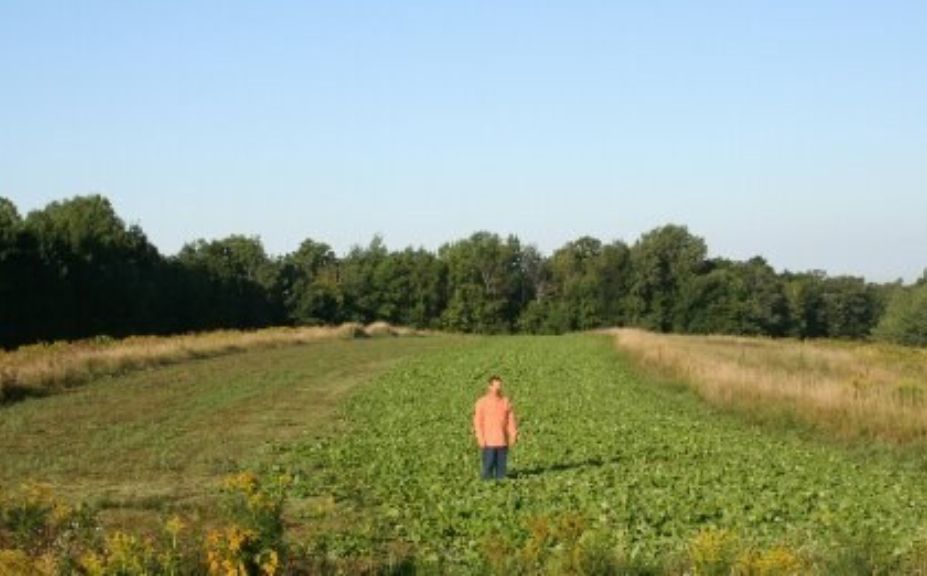
Similar Fall food plot rotations have been my go-to planting method for nearly 15 years, with a huge level of success for attracting the best deer herds in the neighborhood, including the oldest of mature bucks. However, this latest blend seems to be the best I have come up with so far. Why? Because by boosting the pounds per acre of radish in the brassica blend, the soil becomes less compacted and eliminates the need for deep tillage. The rotting radishes in the soil create pockets of water that freezes and thaws during the late Winter and Spring, while also trapping Nitrogen to be used by the small cereal grain combo of oats and rye the following Fall. On the other 1/2, the med. red clover offers an adequate food supply on 1/2 of every plot post Spring-green up, and at the same time creates an incredible, nutrient-rich seed bed after it is disced or tilled under to plant the brassica combination that follows.
I recommend that you use either a grass-specific herbicide to kill the rye at a height of 8-20" in the Spring, or simply mow the stand 1-2 times to allow the clover to take over.
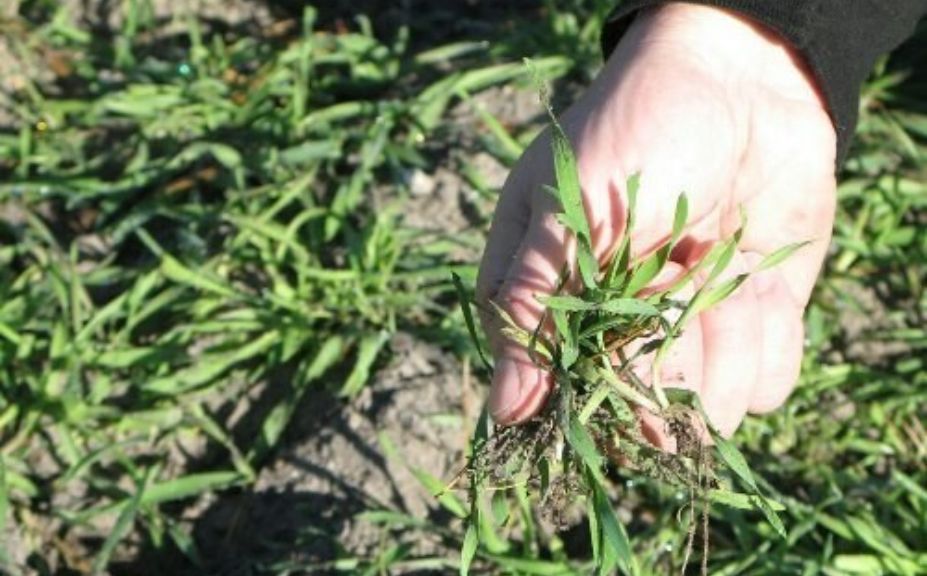
*These pictures are from the UP of Michigan, of some of my original food plot rotations nearly 15 years ago. To check out another favorite food plot rotation strategy of mine, take a look at my "One Year Food Plot Program".
Conclusion
If you are looking for a no-nonsense way to offer a high level of hunting season attraction with a layer of Summer nutrition, all while improving the soil for your food plot rotations that follow, this planting blend is hard to beat! Best of all you can learn to mix and match seed varieties that fit within the rotation. For example chicory can be added to the clover, tillage radish can be used by itself, wheat can be use on hardier soils in place of rye, and the seed amounts of rye and oats can both be altered to best fit your soil requirements.
I personally rely on these food plot rotations to significantly improve the quality of the herd and hunting opportunities for myself and my clients, and encourage your to give it a try!
